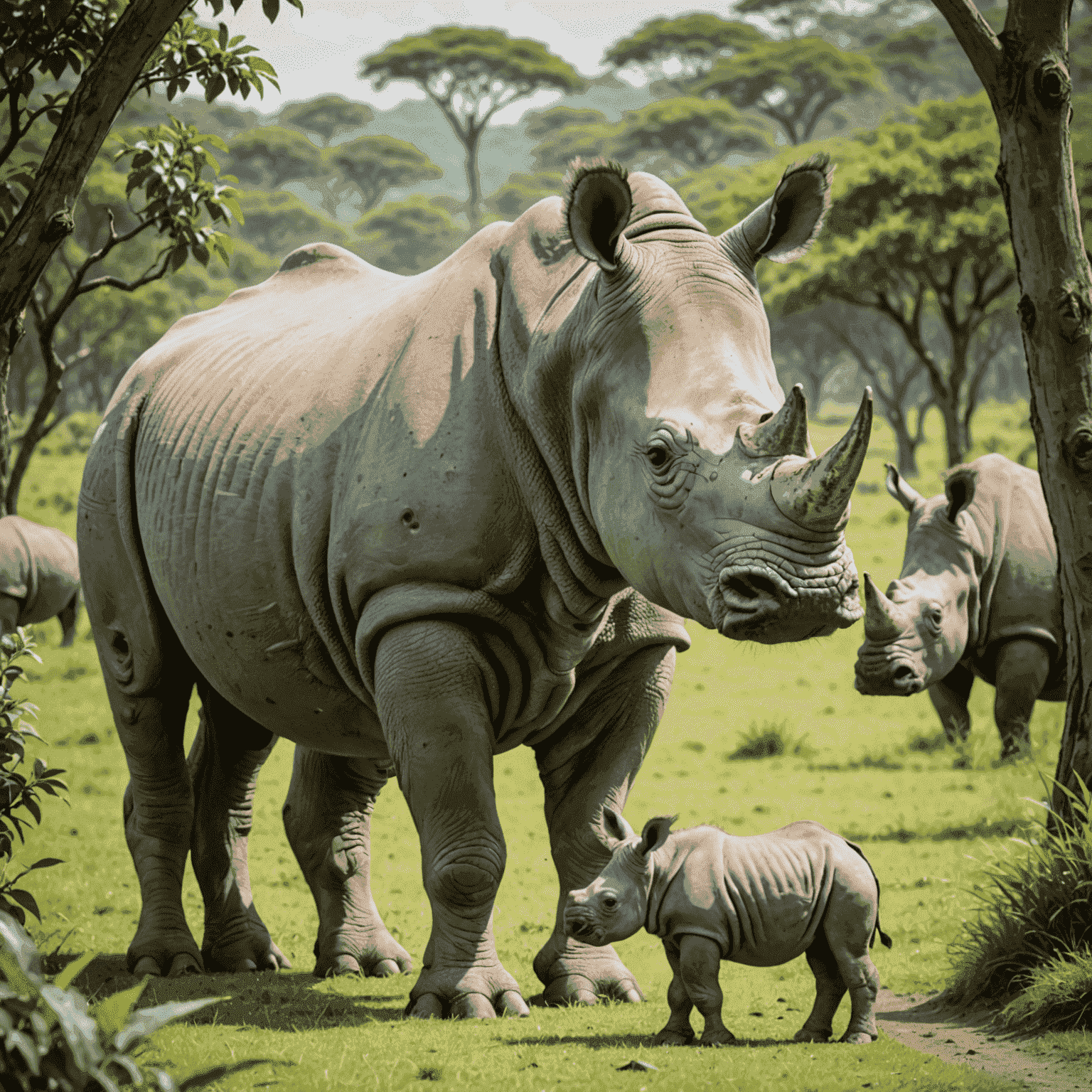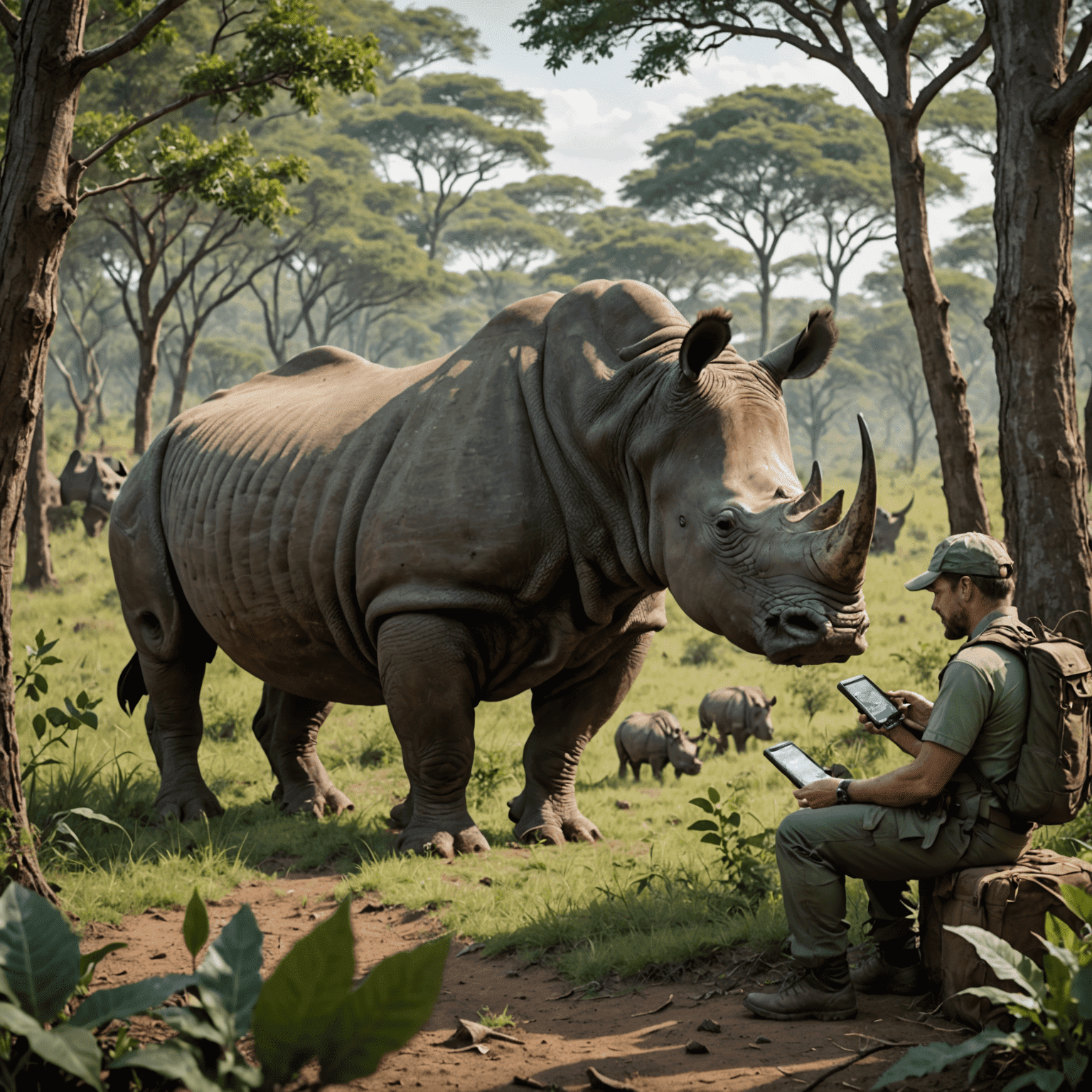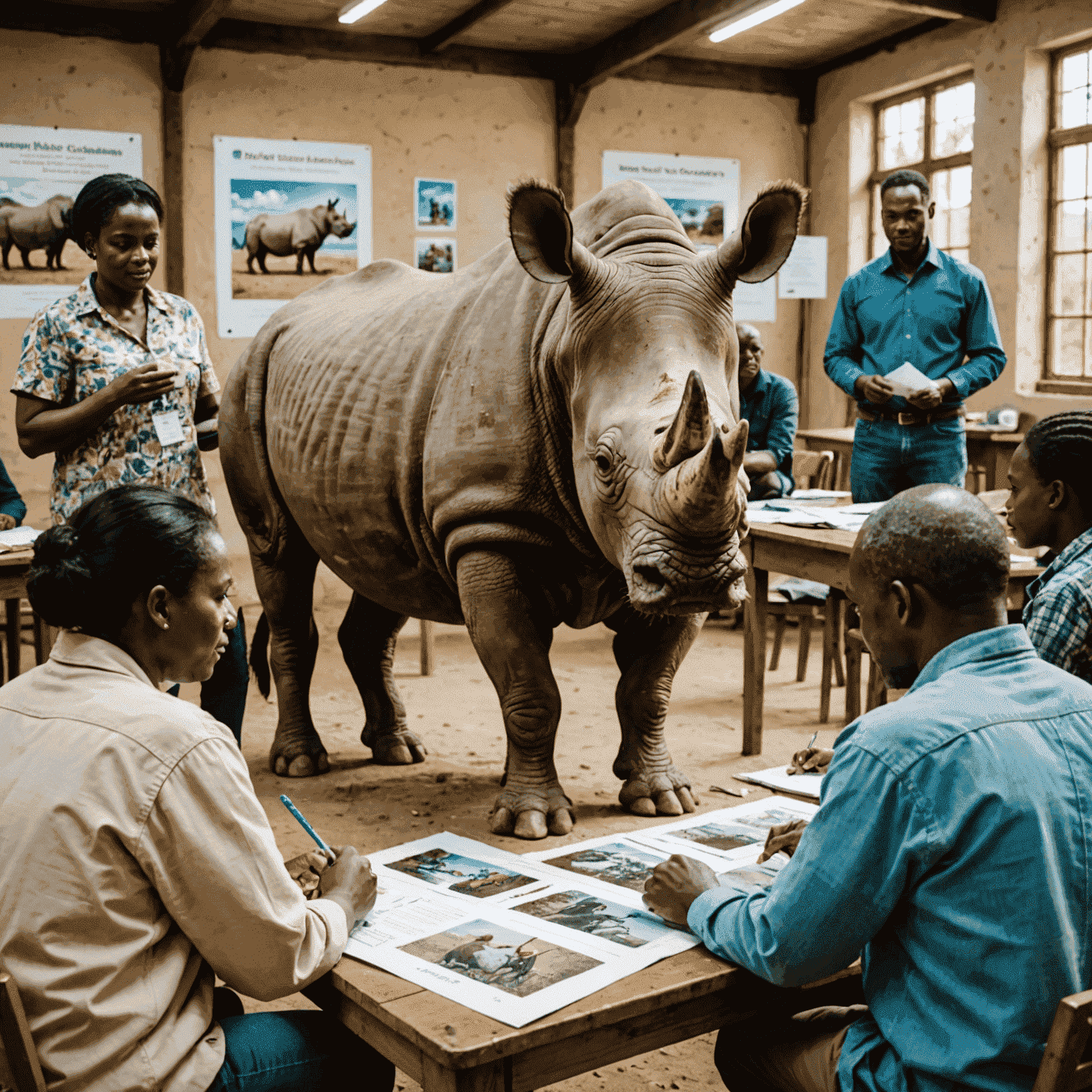Rhino Sanctuary Success Stories
Breeding Program Breakthrough at Savannah Rhino Reserve

In a remarkable achievement for rhino conservation, the Savannah Rhino Reserve has announced the successful birth of three white rhino calves this year, marking a significant milestone in their breeding program.
The dedicated team of conservationists and veterinarians at the reserve have been working tirelessly to create optimal conditions for rhino reproduction. Their efforts have paid off, with the birth of these healthy calves boosting hopes for the species' future.
"This success is a testament to the power of collaborative conservation," said Dr. Emma Thompson, lead rhino specialist at the reserve. "Each birth represents a step towards securing a future for these magnificent creatures."
Black Rhino Population Doubles at Grasslands Sanctuary

The Grasslands Sanctuary has reported a remarkable doubling of its black rhino population over the past five years, showcasing the effectiveness of their comprehensive conservation strategy.
Through a combination of habitat restoration, anti-poaching measures, and community engagement programs, the sanctuary has created an environment where black rhinos can thrive. The population increase from 20 to 40 individuals is a significant win for this critically endangered species.
"We've seen a transformation not just in rhino numbers, but in the entire ecosystem," explained John Mbeki, head ranger at Grasslands. "The rhinos' presence has positively impacted vegetation patterns and other wildlife populations."
Innovative Tracking Technology Enhances Rhino Protection

The Mountainview Rhino Conservancy has successfully implemented cutting-edge GPS and biometric tracking systems, revolutionizing their ability to protect and monitor their rhino population.
This state-of-the-art technology allows rangers to track rhino movements in real-time, predict potential threats, and respond swiftly to any signs of distress or illegal activity. Since its implementation, poaching attempts have decreased by 80%.
"The new system has been a game-changer," said Sarah Chen, tech lead at the conservancy. "We're now able to allocate our resources more efficiently and provide personalized care for each rhino in our charge."
Community-Led Conservation Yields Unprecedented Results

The Riverside Rhino Sanctuary's innovative community-led conservation model has led to a 200% increase in the local rhino population and zero poaching incidents in the past three years.
By involving local communities in conservation efforts, providing education, and creating sustainable livelihood opportunities, the sanctuary has transformed former poachers into passionate protectors of rhinos.
"Our success proves that when communities are empowered and see the value of wildlife, conservation becomes a shared mission," stated Maria Oloo, community outreach coordinator. "The rhinos are now seen as a source of pride and prosperity rather than a target for poaching."



